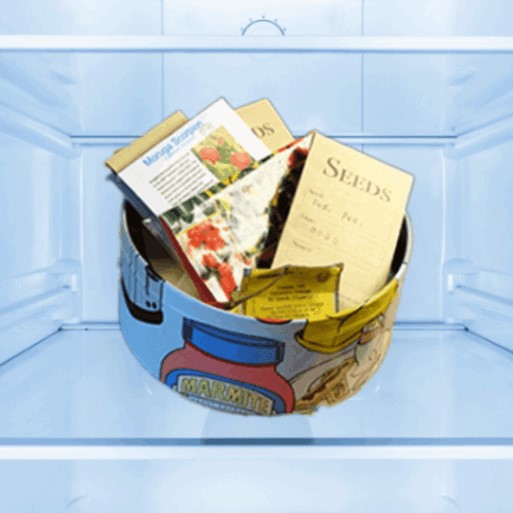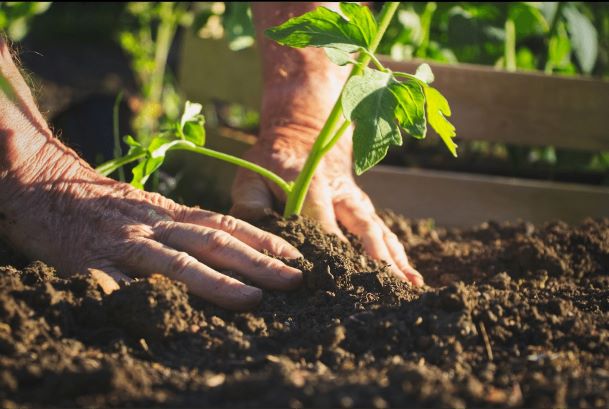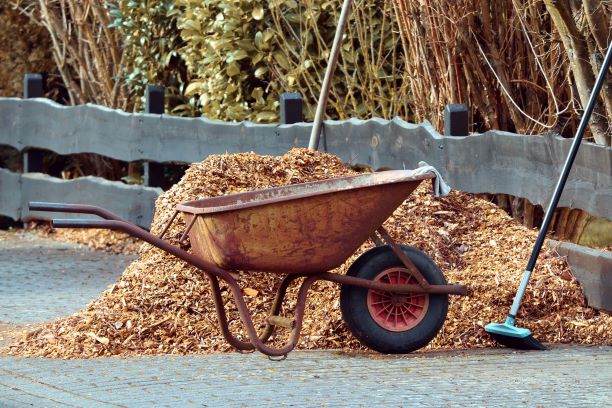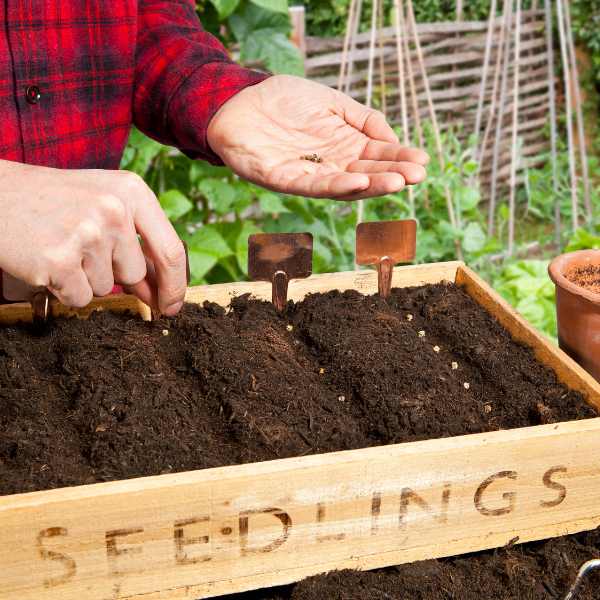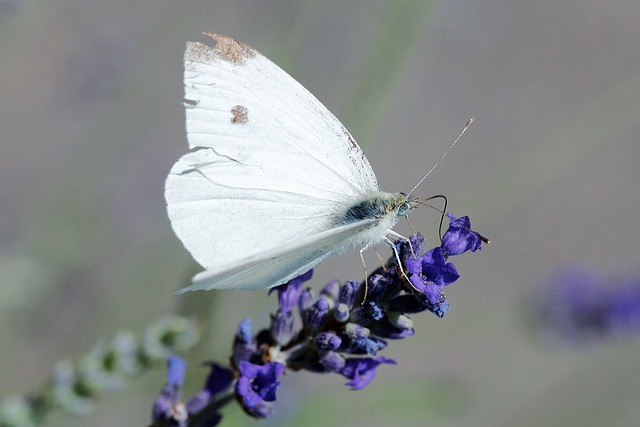Growing Nigella
Nigella is a fast-growing annual, growing to a height of 50cm and covering an area of 25 cm. This delicate and dainty ornamental, that belongs to the buttercup family, produces dozens of 4 cm flowers. It has feathery, ferny, lace-like leaves that form a wispy and dream-like foliage. It thrives in regions with temperate climates and is typically found in cottage style gardens. It can also be planted in rock gardens and pots. It is appreciated for both the beauty of its flowers and the unique appeal of its foliage.
Growing instructions:
The seeds should be planted in spring and early autumn.
The seeds can be scattered by hand, and then raked into the soil.
To secure that the flowers keep blooming over longer periods of time, use the technique of succession planting, leaving week-long gaps in between sowing.
Due to its long taproot, it does not tolerate transplanting. Direct sowing should always be the preferred method of planting.
The plant blooms from late spring to autumn. If your area has very hot summers, plant your spring seeds in a shadier position.
The flower’s primary pollinators are the bees.
Gardening requirements:
Nigella is a low-to-medium maintenance plant.
Although it prefers growing in sun and on well-drained soil, it can also thrive on average soil and limited shade.
If the climate is windy, twiggy sticks can be used to support the stem.
The plant requires little-to-medium watering and consistent moisture.
The flower self-seeds, and it does so prolifically. Once sown in the garden, the flowers will reappear on the same spot, year after year.
It is recommended not to plant the seeds too densely — this prevents a growth of spindly flowers with frail, tall stems that complete for sunlight.
It is usually not troubled by insects and common plant diseases. It is, however, vulnerable to Aphids.

